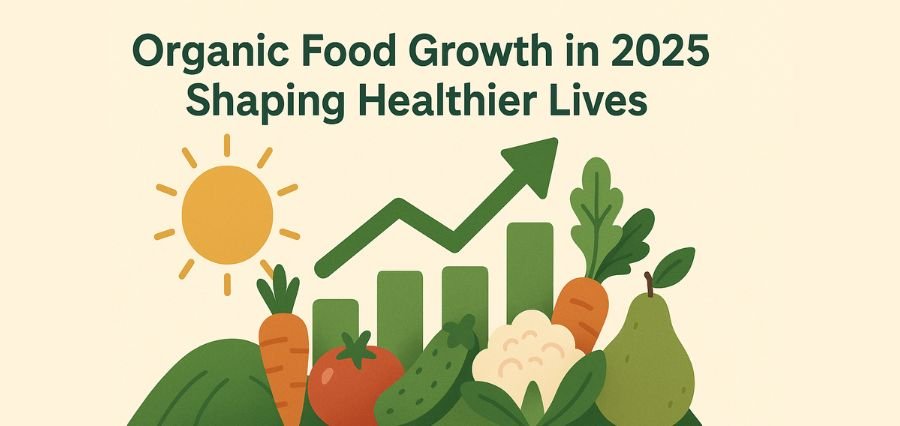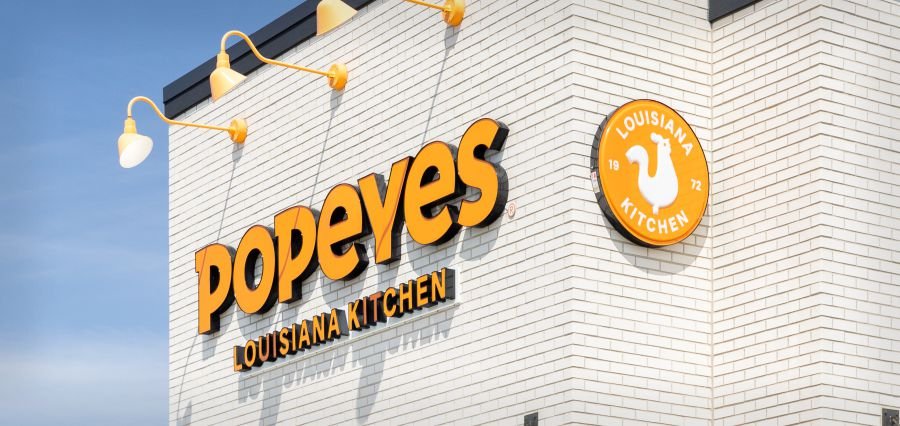The past decade has not only changed the palette of food colors, but has remade the lexicon that we use to speak about living green, wellness, and living green. As we begin our countdown to 2025, I can guarantee you that this is not only a trend—this is a revolution in how we live, what we eat, and grow.
From bustling farmer’s markets in urban neighborhoods to green companies introducing new products to the world’s store shelves, organic food has taken center stage into the health and environmental harmony debate. But why? What’s driving the craze? Why are individuals turning away from conventionally raised fruits and vegetables, and processed foods in such large numbers? And how, exactly, do organic food decisions make it better for our bodies, and for the environment too?
Let’s strip away another layer on the multiple layers beyond the discovery of organic food, and how it’s still breaking news as of 2025.
The Real Meaning Behind Organic Food
Organic food, in short, is fresh food raised and prepared without man-made pesticides, fertilizers, genetically modified seed (GMOs), antibiotics, or synthetic additives. The concept is one of natural growth, healthy soil, and kind animal production. But in light of today’s marketplace, it’s about integrity, trust, and self- and planet-friendly food choices as well.
2025 consumers know more than ever. They want labels that speak to them. And for organic food, what those labels say is typically a promise: of fresher, gentler food, and less damage to the planet.
Why 2025 is a Turning Point for Organic Food
Ten years ago, organic food was to be found only in the aisles of specialty stores, and only health enthusiasts or those who needed special food could buy them. Fast forward to 2025, and everything has changed. Supermarkets have special sections where organic food is available. Restaurants have organic food on their menus. Even fast food chains have begun adding organic vegetables to their products.
There is evidence to support this transformation. Worldwide sales of organic food are expected to hit more than $400 billion by the close of the year due to high demand in Europe and North America and upsurge economies emerging in Asia. These are all being stimulated by trend drivers like pandemic-post health bounce back, growing green consciousness, and record levels of plant-based eating.
Aside from that, with more robust supply chains and government subsidies, affordability also leaped a few quantum. What used to be a luxury high-end item is now affordable to many more people.
Organic Food: The Backbone of Quality
One of the greatest ways organic food surpasses others is in terms of production. In contrast to the conventional way of farming, which relied extensively on the application of chemicals, organic farming opts for natural processes, diversity, and sustainability.
Organic food systems include crop rotation as soil cover, composting as organic fertilizer, and integrated pest management using beneficial insects instead of chemical pesticides. Organic utilization animals are raised organically, free-range grazing, and are not given growth hormones and antibiotics.
These practices maintain ecosystem services, which go far beyond just human food and health. Organic agriculture, for instance, preserves pollinators, never pollutes water, and sequesters carbon with healthy soils.
The efficacy of these practices in organic food is tightly regulated by certification boards across the globe so that you are actually getting quite a lot of what you believe to be organic food—not exactly what it guarantees.
Health Benefits: The Nutritional Advantage
The choice to go organic often starts with health. And one can’t help but wonder why. There are several studies to demonstrate that organically produced fruits and vegetables contain more of certain antioxidants and less pesticide residue.
Patents say they see a difference on the organic diets—less inflammation, more energy, and even healthier skin. Whatever the mechanism, reduced chemical burden or quality of food, the reaction is at last positive.
Organic food never calls on artificial additives and preservatives and instead keeps the body out of toxic loading. Organic food is always an image-conscious choice in a move toward long-term sustainability of wellness.
Environmental Impact: Farming for the Future
The food print of the diet is no longer a secret anymore. With climate issues still on the rise, the benefits of organic food are becoming more and more in demand.
By refraining from the use of artificial chemicals and instead adopting organic standards for food production, organic farming eliminates the release of greenhouse gases and supports conservation of water and soil. Organic farms are also energy-efficient and climate-competitive.
Organic support food isn’t a personal choice for health—it’s a public health gift. It’s a decision for an animal welfare-enriching, diversity-enhancing system that focuses on natural resource health in the long term.
The Economic and Social Ripple Effect
Behind every basket of fresh fruit and vegetables marketed through a farm stand are the farmer, producer, and small networks of enterprises dedicated to conducting business differently. Organic market growth has generated neighborhood farming, sustained rural economies, and driven demand for fair labor.
Most consumers now are concerned with where their food is from, who produces it, and how it is treated. All of this heightened consciousness has pushed organic food from commodity to movement of community.
Organic shopping is not cleanliness—it’s being part of an actual supply chain.
What’s Next: Organic Food in 2025 and Beyond
The trend of organic food is not slowing down. On the contrary, with the integration of technology and conventional farming, a smart age of organic farming is approaching. New technologies such as soil data scanned by drones, crop planning based on artificial intelligence, and traceability through blockchain are making organic systems more efficient and transparent.
And as increasingly more individuals become sensitized to how one can get access to organic food and its advantages, demand will rise and rise. Ecologists, public awareness efforts, and healthy trends are placing word organic into the public mind too.
And aside from that, through more efficient global value chains and economies of scale, organic food can not only be a choice—but the norm.
Conclusion: A Delicious Revolution
Healthier eating in 2025, organically grown. It’s a choice for farming sustainability, a protest against cruelty to animals, and an investment in your own well-being. With traceable methods, documentable benefits, and growing accessibility, organically grown food is taking us on the road to a healthy planet.
Year by year, organic production of food remains one of the best proofs about how consumerism can transform industries’ faces, invade our world, and affect our relationship with nature, incrementally.






